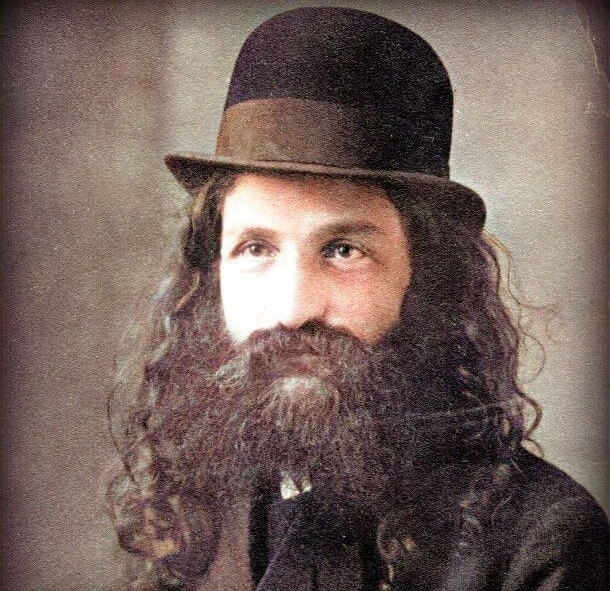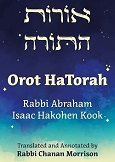
Rav Kook’s most prominent disciple was the scholar and mystic Rabbi David Cohen. He was known as the “Rav HaNazir” (or “the Nazir of Jerusalem”), since he conducted himself as a Nazarite, never drinking wine, eating grapes, or cutting his hair. The Rav HaNazir edited and organized many of Rav Kook’s writings into the four-volume magnum opus, Orot HaKodesh.
Who was this scholar? How did he meet Rav Kook?
Meeting Rav Kook
Rabbi David Cohen was a yeshiva student from the Vilna area blessed with exceptional intellectual talents. He studied in Radun under the famed scholar Rabbi Israel Meir Kagan, known as the Chafetz Chaim. He attended the leading yeshivot of the day, including Volozhin and Slabodka.
After preparing himself for matriculation exams, Cohen was admitted to the University of Freiburg. When World War I erupted, however, he was interned as an enemy alien. After his release, he made his way to Basel, Switzerland. He continued his academic pursuits at the University of Basel, studying philosophy and classical literature for seven years.
Yet the 26-year-old student was not at peace with himself. While he rose early every morning for prayers and carefully observed mitzvoth, he felt something was missing and suffered from an inner discontent.
Cohen heard that Rav Kook was staying in St. Gallen, Switzerland, after becoming stranded in Europe due to the sudden outbreak of war. The young scholar sent off a letter to Rav Kook: Would it be possible to discuss various matters of faith?
Cohen was overjoyed when he received a positive reply. Lacking the means to pay for the trip, he handed over his gold watch to a local pawnshop to raise the necessary funds.
He prepared himself with a ritual immersion in the Rhine River, and then he set off for St. Gallen. It was the start of the autumn month of Elul, a time of introspection and repentance preceding the High Holidays.
Rav Kook received the young scholar warmly. They spent the day in discussion, primarily about Greek philosophy and literature. Rav Kook was struck by his visitor’s expertise in these topics in their original sources. Cohen, on the other hand, felt disappointed. Had he come all this way, even pawning his watch, just to discuss Greek philosophy?
Rav Kook suggested that the young man stay overnight. Reluctantly, Cohen agreed. The entire night, he tossed and turned, unable to sleep. What would be tomorrow? Would Rav Kook resolve his questions? Would he succeed in dispelling his doubts? He felt his life’s destiny was hanging in the balance. Which way would it go?
Rav Kook’s Tefillah
As the first rays of morning light broke through the window, the young man heard footsteps coming from the adjoining room. That must be the rabbi, he thought. He must be praying. What is he saying?
He heard Rav Kook chant the Akeidah, the Biblical account of Isaac’s binding, a story of ultimate love and self-sacrifice. The melody captivated his heart.
Then the rabbi recited the concluding supplication, “Ribono shel olam! Master of the World, may it be Your will that You recall for our sake the covenant of our ancestors....” The sweetness and exhilarating fervor in Rav Kook’s prayer shook the very foundations of the young man’s soul.
This inspiring tefilah, recited in holiness and purity, changed him. Many years later, he tersely described this transformative experience in his introduction to Orot HaKodesh:
“In the early morning I heard the sound of footsteps. Then the morning blessings, and the prayer of the Akeidah, in sublime song and melody. “From the eternal heavens on high, remember the love of our ancestors...” I listened; and I became a new person. Immediately I wrote, announcing that I had found more than I had hoped for. I had found for myself a Rav.”
(Stories from the Land of Israel. Adapted from Malachim Kivnei Adam, pp. 74-76)





